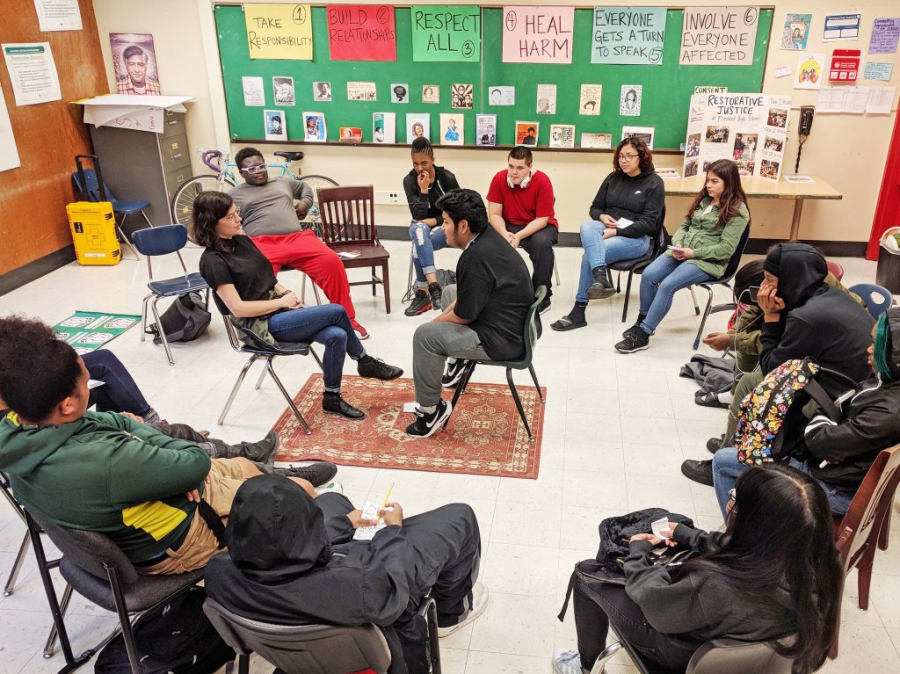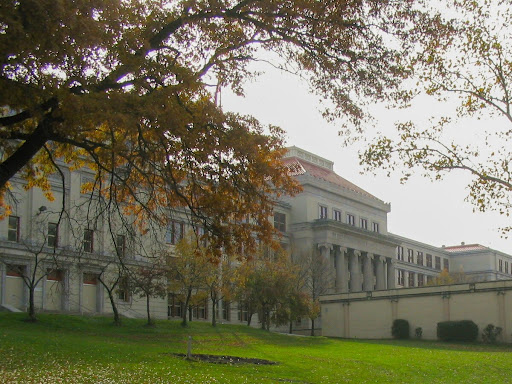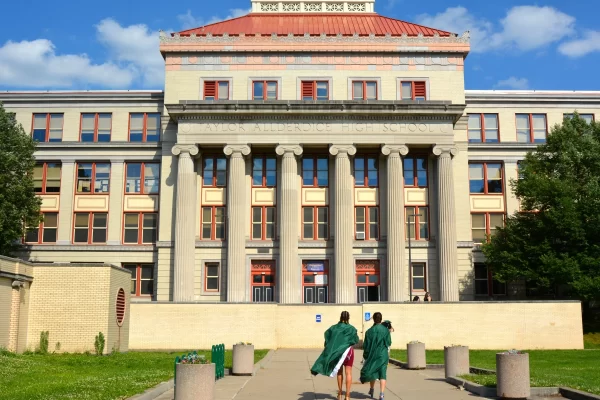Circles Are Not As Dumb As They Seem
Circles have gotten a lot of shade thrown their way at Allderdice since they were first instituted in the beginning of the 2018-2019 school year. Circles, as most readers know, are discussions amongst classmates usually with a teacher’s input which allow students to communicate with each other. Students and teachers alike think it is a waste of educative time, not benefiting students in any way, shape, or form. However, circles, specifically community and restorative justice ones, give us students opportunities that we never had before.
Spending ten minutes a week in every class doing something not related to education seems redundant. Although circles do not teach a curriculum, they teach necessary communication skills and build communities. Feeling comfortable enough to talk with classmates is vital to a productive class. If everyone feels safe sharing their ideas to each other, classrooms will be more inclusive and students will end up hearing more and different perspectives.
Other than the obvious benefits of having a stronger community, strong communities help with the other important purpose of circles: restorative justice. If there is any conflict between students in a class, having a strong community circle ready for conflict resolution can help teach all students involved how to handle differences and hopefully resolve the issue.
Teachers also benefit from circles. When a teacher can get to know their students better, understanding their background and interests, they can better help their students learn in the classroom. Building that relationship and trust, while a time heavy action, will benefit both students and teacher in the long run.
It has also been found that when circles are done correctly, they increase empathy in all involved. Listening to other people and understanding where they are coming from builds empathy,a necessary skill. Empathy has been found to increase happiness and productivity in the workplace, according to research by John Eades.
A correctly executed circle will help students do what they are asked to do. Circles allow teachers to do things with their students, not for, to, or at them. Circles shift the focus from punishment to restoration. It stops the blame on students by teacher by giving teachers the chance to work with students to help them improve and move forward.
Now, circles usually come in the form of a quick question, answered by students skipping their turn or repeating what was said by the person in front of them.. That is not the point of circles. Circles should open students up and allow them to speak freely. Asking students to name their favorite fruit, or if they want to do a certain activity in class, does not benefit anyone. If we changed the focus of circles to ask more friendly question like, “What do you want to do next weekend?” will help students gain a sense of community, and help the teacher know what their student’s interests are. A question such as, “Is cheating on an assignment ever morally right?” will help students understand the power of their actions, and help increase their understanding of others.
Circles do not have to be hated as much as they are at Allderdice. Everyone should take a further look at what the benefits of circles are, and other ways in which they could be used. Although it is not as strictly enforced today, circles should be used in classrooms now.



















Robert Aber • Feb 3, 2020 at 7:39 am
Dear Omari, you are correct with your understanding of the purpose and effectiveness of circles. I will bring this up at a PTO/ PSCC meeting. I think most teachers don’t know how to run good circles. I think that it is a lack of training, but I also know that teachers feel overwhelmed with ALL of the things that are thrown at them. If enough students approach the PSCC about this then maybe effective change can occur. Sincerely-Robert Aber, an Allderdice parent